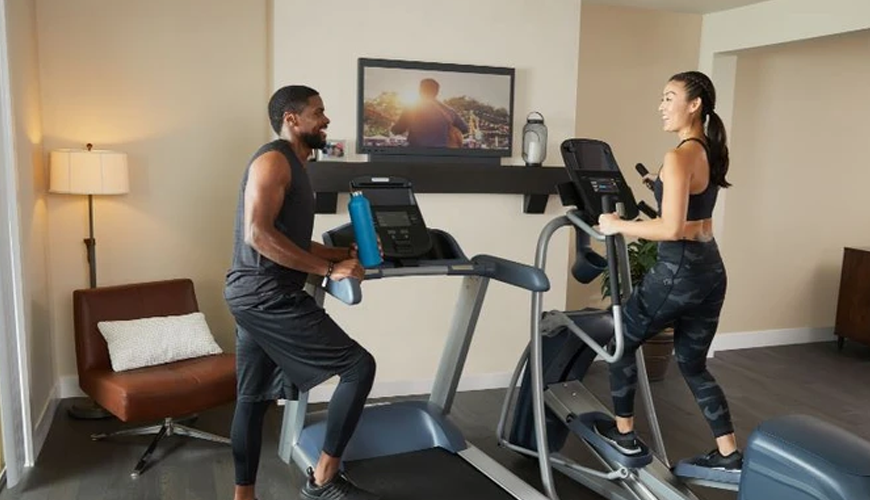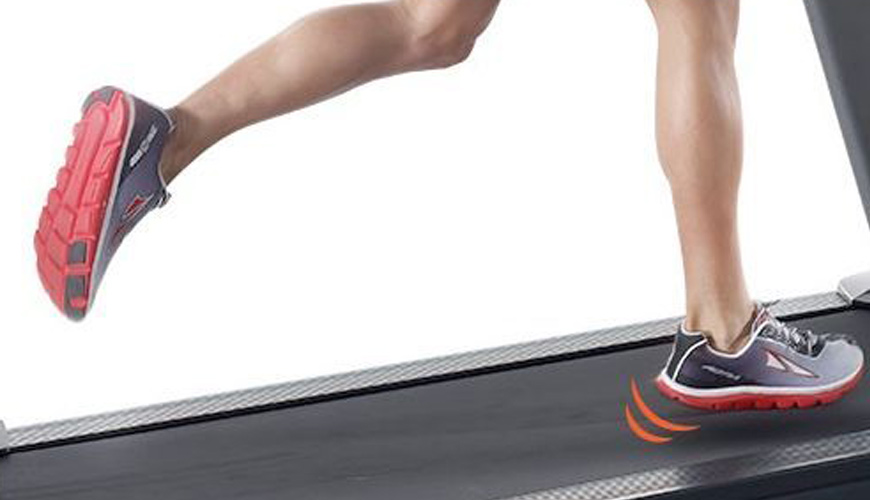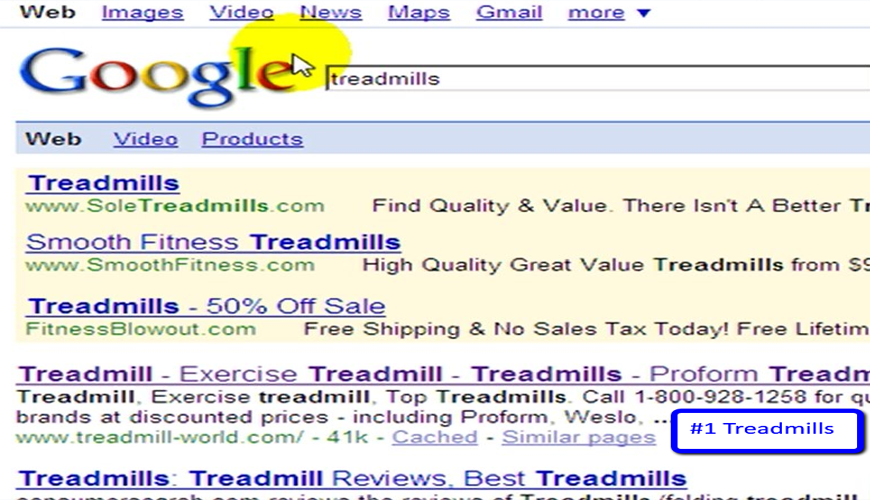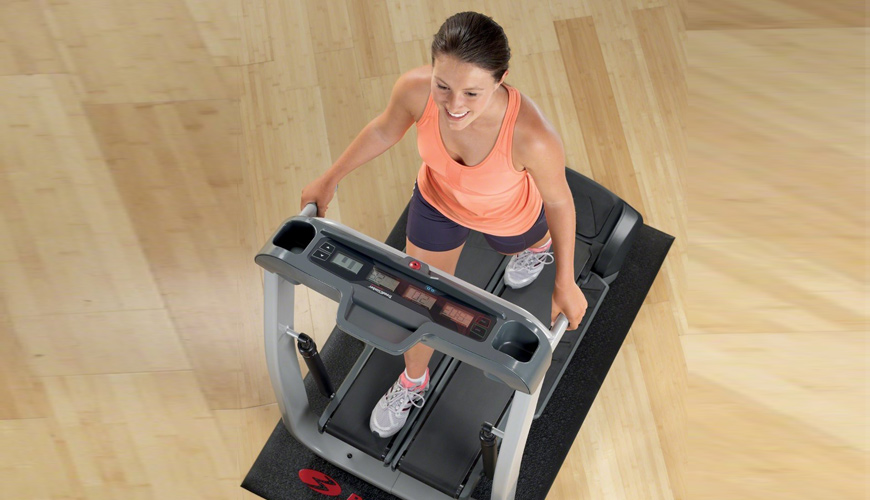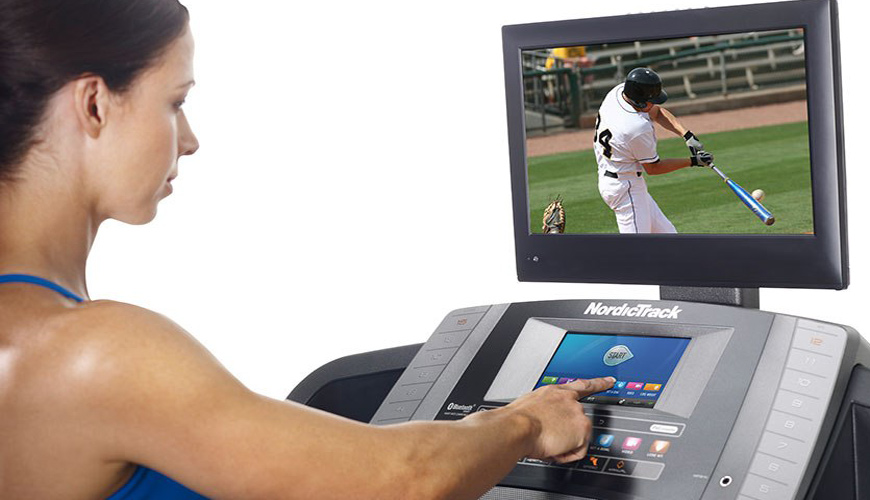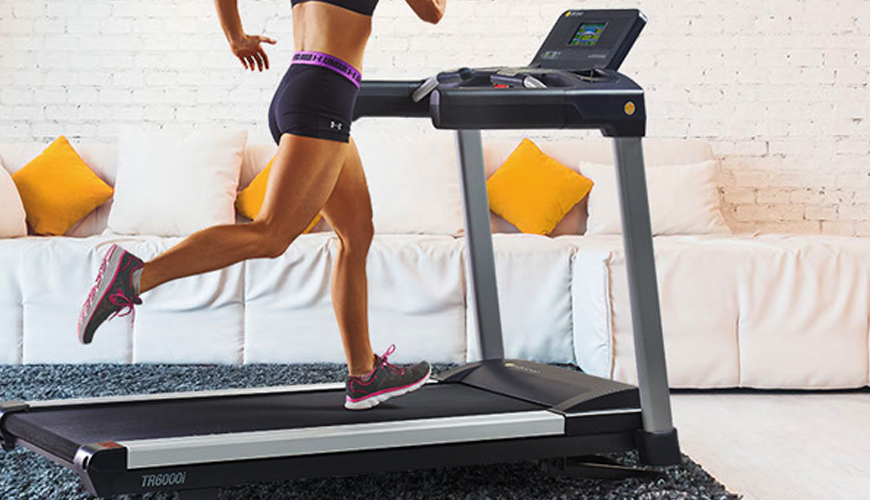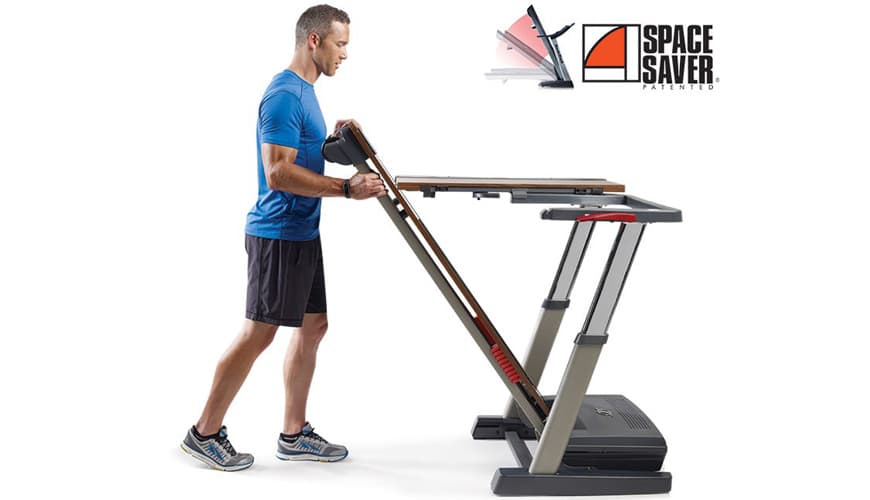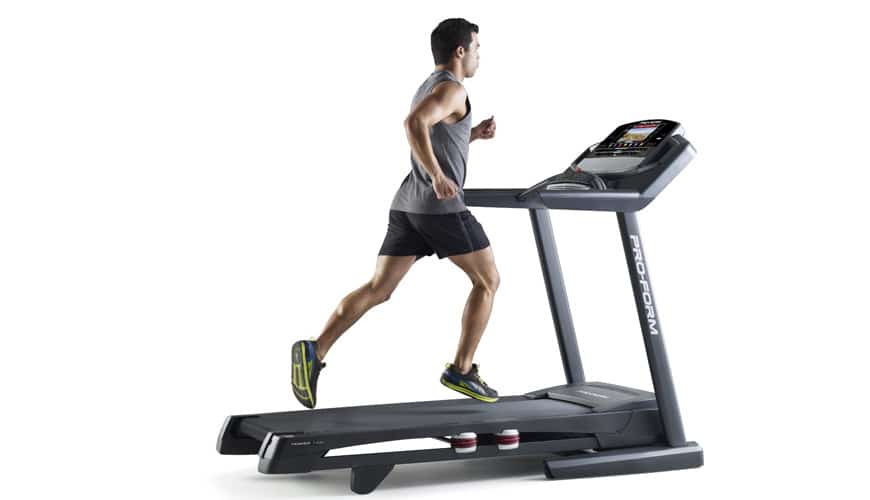12 Minute Treadmill Warm-Up with Power Walking
Combining your treadmill activity with walking, jogging and running is really effective. I do it all and I do it a lot!
I often start with a 12 minute warm-up before my workout. I start the treadmill speed at 3.0 and move up the setting .02 approximately every 2 minutes until I reached 4.0.
After I complete my 12 minute warm-up, I start my body workout and I normally finish with a 5 minute cool-down on the treadmill at a lower than normal setting. I keep the speed between 2.8-3.2 which is a lower intensity.
Putting attention on breathing is the primary goal in order to return your heart rate to normal. This gradually cools your body temperature down and returns muscles to an optimal state. A cool-down period is favorable for the cardio-respiratory system and may help avert dizziness you experience.
4 Instructions for Your 12 Minute Treadmill Warm-Up:
- The baseline is the treadmill speed you are starting your warm up at. This should start at a slow walk. The suggested starting speeds are typically between 1.0-3.0. It also depends on your current level and varies from person to person.
- You are to increase speeds at a rate of .01-.02. every minute to every other minute. The incline should remain flat at -0-.
- Once the warm-up starts to kick into higher gear around the halfway marker, you could move into a bigger stride with a power walk with a soldier type posture. Your shoulders should remain open, chest open, shoulder blades back and your heels should hit the treadbelt first.
- Once the 12 minute marker is reached, great job! Bring the speed down to your initial base level or under, take a few death breathes and stop the treadmill.
Caution: Upon completion, if you experience dizziness or nausea, be sure to sit down and rest until it subsides. If it continues, be sure to seek help from someone.
| Power Walk Form Soldier Posture, Chest Open, Blades Back, Longer Than Normal Stride, Should Be Aware of Hamstrings and Buttocks, Heels Should Be Hitting Treadmill Belt First. Starting Speed Range (walking): 1.0-2.0 Beginner Level Starting Speed Range (walking): 2.0-3.0 Intermediate Level Starting Speed Range (walking): 3.0-3.5 Advanced Level Finishing Speed Range (walking): 2.0-3.0 Beginner Level Finishing Speed Range (walking): 3.0-4.0 Intermediate Level Finishing Speed Range (walking): 4.0-4.5 Advanced Level |
Here Are A Few Ways To Make Sure The Running You Do on Your Treadmill is Effective
Treadmill running is one of the easiest and best ways to lose weight and get into shape. It’s convenient because you can hop on your treadmill regardless of the weather or the time of day.
It’s also a bit more enjoyable for many. You can run on your treadmill while watching your favorite television programs or listening to your favorite music.
Additionally, treadmills can supplement a comprehensive fitness or training program. Even competitive runners use treadmills to supplement their training. However, treadmills are a bit different than running outside. There are unique considerations to make and steps to take to create a successful treadmill running program.
Ways To Ensure Your Treadmill Running is The Most Effective
1 Know why you’re running on a treadmill.
What are your goals? Are you running on a treadmill to lose weight? Is your treadmill running program going to supplement other exercises or an outdoor running program? If your
treadmill running plan is part of an overall weight loss plan then create a routine. Run at the same time every day. Make it part of your life. If you’re running to lose weight, make your
treadmill running plan as easy as possible. For example, position your treadmill in front of the television. Make sure you have motivational music. And run during a time of the day when you’re
sure to have a bit of energy to follow through.
2 Buy good shoes.
Running on a treadmill won’t tear apart your shoes like running outside will. However, you still need the cushioning and support good running shoes provide. Find out what type of runner
you are. For example, does your foot hit on the outside of your foot or the inside? A simple stride test will answer the question for you. Or you can look at the bottom of your existing running
shoes. They’ll be worn where your foot hits the ground first. Buy shoes that support an even foot strike. You’ll prevent injury and be able to run longer without fatigue.
3 Vary your routine.
If you run the same program each and every time you get on the treadmill you’re going to eventually deal with two things – boredom and a fitness plateau. Changing the distance, speed and incline
that you run at will help you stay interested and motivated. It’ll also help your muscles get stronger by adapting.
4 Start slowly.
Jumping on your treadmill and trying to run three miles may very well turn you off from treadmill running for good. Start small. It’s okay to only run five minutes a day at first. Gradually add
running time to your plan. Eventually you’ll get to the point where you’re running for an hour or more. And don’t worry about the speed either. Walking is great too. Alternate walking and running.
You don’t have to start at a seven minute mile pace. Work your way up to your fitness goals.
Treadmills are excellent home fitness equipment. They provide you with the ability to walk, jog or run whenever it suits you. A treadmill is a great way to get in shape, lose weight and achieve your fitness goals.
Here are a few tips in short order regarding the form you should follow while jogging or running on a treadmill. This information comes directly from a natural body builder and top trainer friend of mine.
| Treadmill Jogging Form Lean forward and remain light on your foot striking the treadmill deck. Put more weight on the balls of your toes vs. your heal. | Treadmill Running Form Drive knees high to intensify. Squeeze upper body muscles and tighten core. |
This post should have given you some insight into treadmill warm-ups, the form you should have and how to get the most out of your routine.


